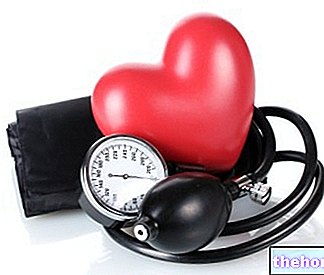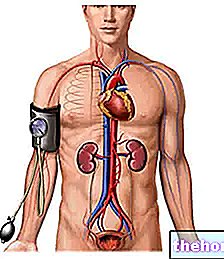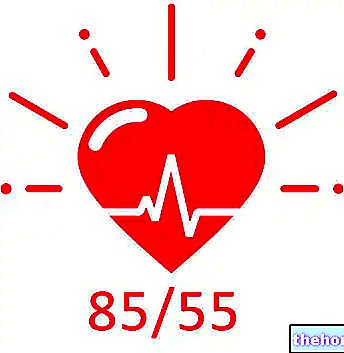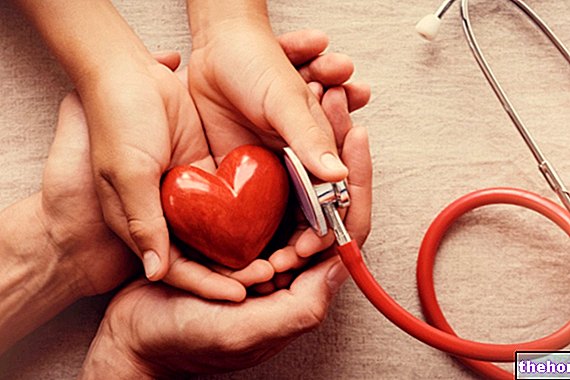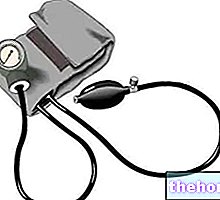Hypertensive crises consist of dramatic increases in blood pressure, which significantly increase the risk of suffering a heart attack and other organ complications. Extremely high blood pressure levels - reached when (maximum) systolic pressure equals or exceeds the 180 mmHg threshold, and diastolic (minimum) exceeds 120 mmHg - they can damage blood vessels.

According to the extent of the pressure rise and its consequences, hypertensive crises are divided into two categories, that of urgencies and that of emergencies. In the latter case, unlike the first, there is an objective suspicion that the hypertensive crisis has produced acute and progressive organ damage; moreover, blood pressure values are generally higher (equal to or greater than 220/140 mm Hg).
The signs and symptoms of an uncomplicated hypertensive urgency may include severe headaches, dyspnoea (hunger for air, shortness of breath), anxiety and distress. In hypertensive emergencies, on the other hand, severe and life-threatening complications can occur, such as myocardial infarction, stroke, cerebral haemorrhages, mental confusion up to coma, chest pain (angina pectoris), aortic dissection (laceration of the intima of the aorta), eclampsia ( during pregnancy), acute renal failure and accumulation of fluid in the lungs (pulmonary edema) from left ventricular failure.
Fortunately, hypertensive emergencies are rare and mostly affect hypertensive patients who do not follow adequate therapy to maintain normal blood pressure values; sometimes they can be caused by an undiagnosed pheochromocytoma, therefore without pharmacological control. The diagnosis of hypertensive emergency is made, as well as through anamnesis and physical examination of the patient, by checking the blood pressure values (electrolytes, markers of renal and cardiac damage), the urinary sediment and the electrocardiographic trace.
Hypertensive emergencies are clinical events in which the patient is in danger of life and a rapid reduction in blood pressure is therefore necessary; the rescues, therefore, provide for hospitalization in intensive care and a prompt intravenous injection of hypotensive drugs, in order to limit organ damage. The choice of the drug must obviously be made on the basis of the characteristics of the "emergency that occurred and the damage to" If the hypertensive crises have a simple urgency character, the blood pressure values are generally reduced with the administration of drugs orally, without the need for hospitalization, but only for an outpatient follow-up.
The patient can contribute to the prevention of hypertensive crises through careful blood pressure control (regular monitoring of blood pressure and taking drugs according to the doses and methods prescribed); under medical indication, maintaining a healthy weight, a sober and balanced diet, together with regular physical exercise and optimal stress management, can contribute to reducing blood pressure values and with them the risk of suffering hypertensive crisis.

